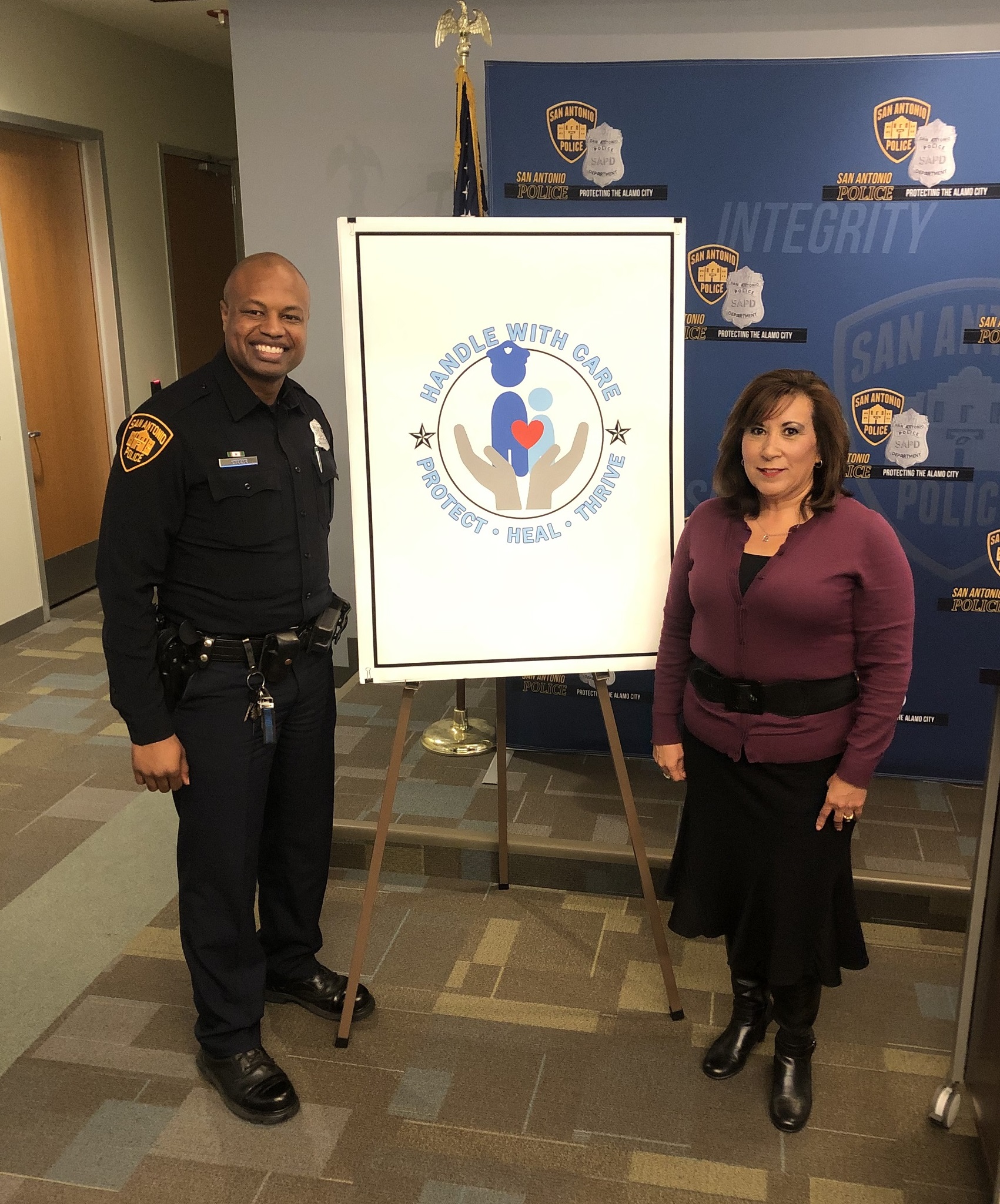
Share On Social!
Merely being a minority person of color can be worse for your mental health than low income or experiencing neighborhood violence.
Puerto Rican teens and young adults growing up in the South Bronx of New York City are more likely to experience anxiety and depression than their peers growing up in San Juan, Puerto Rico, says a new study in World Psychiatry.
Both of these groups live in similar conditions — the big difference is the youth in New York grow up as a minority.
“How others interact with you as a minority can affect your mental health and how you see yourself,” said lead author Dr. Margarita Alegria of the Disparities Research Unit at Massachusetts General Hospital.
Members of minority groups often experience racism and discrimination. They also hold the idea that they have a “lower position” in society. This can “lead to depression, anxiety and feeling like ‘the other,'” Alegria said.
Mental Health in New York vs. Puerto Rico
The Boricua Youth Study is the first large longitudinal study to examine what puts minority youth at risk for depression and anxiety. It was conducted by Alegria and colleagues at Massachusetts General, Harvard Medical School, Columbia University, and the University of Puerto Rico.
What Did The Research Look At?
 First, researchers identified 1,863 Puerto Ricans ages 15-29 living in disadvantaged neighborhoods to determine what specific factors put young people at risk for mental health issues. The study also included interviews of 1,100 parents and caregivers in both areas to get a more detailed perspective.
First, researchers identified 1,863 Puerto Ricans ages 15-29 living in disadvantaged neighborhoods to determine what specific factors put young people at risk for mental health issues. The study also included interviews of 1,100 parents and caregivers in both areas to get a more detailed perspective.
Then, the researchers looked for:
- the number of people diagnosed with depressive or anxiety disorders
- symptoms of depression and anxiety
- the severity of the mental stress
What Did They Find?
Both Puerto Rican parents and youth in the South Bronx reported higher rates of mood disorders, neighborhood discrimination, and family conflicts over ethnic identity than their peers in San Juan.
Key influences on mental health included:
- Perceived discrimination
- Unfair treatment among peers, within the neighborhood, etc.
- The stress of being a minority
- Cultural conflicts
- Weakened ethnic identity
- Intergenerational conflicts between parents and youth
How to Relieve this Mental Health Burden
Positive family support and strong friendships combat negative feelings brought about by being in a minority group, Alegria said.
Neighborhood-based interventions are great way to build and support these relationships. For example, youth civic organizations in after-school programs could defend against anxiety and depression in minority youth.
These efforts should focus on creating strong peer relationships to fight feelings of “other-ness” in Latino youth.
“It is not individual risk but rather the environments and social context that play a prominent role in the development of internalizing disorders,” Alegria and the study authors say.
What Else Can You Do?
You can also take steps to boost mental health in your local schools.
Dr. Heyman Oo treated a lot of traumatized child immigrants as a pediatrician in California hospitals and clinics.

Oo wanted to help. She joined a task force to support children amid a growing number of unaccompanied minors being apprehended at the California border.
They started a school-based intervention to provide mental health services to students who may otherwise fall through the cracks. They use art therapy, mindfulness, trauma narrative therapy, and psychoeducation to help students process their journeys.
“Initial data support that participation in [the program] is associated with improved psychosocial functioning,” according to a report.
See how the intervention is helping students!
Diana Centeno knows kids exposed to trauma don’t get extra support they need at school.
Doug Greene knows police come across kids at crime scenes but feel unable to help them cope.

So, they teamed up to start a pilot project where patrol officers send a notification to three San Antonio school districts if a child was present at a traumatic incident. This enables schools to monitor and create support for the child.
“Often times when our students lash out or their behavior is negative, it ends up in a disciplinary referral without ever learning what may have happened the night before,” Centeno said. “The best teachers can use every trick in the hat, but can’t connect with student because more stuff is going on outside of school. We need to address the whole child, not just academic piece.”
See how to start a Handle With Care program in your school!
Explore More:
Mental HealthBy The Numbers
142
Percent
Expected rise in Latino cancer cases in coming years




I know this is a two year old article, but Bias is another reason why some Hispanic people think about or attempt suicide. I’m actually part Filipino, German and English and I ended up looking stereotypically Hispanic and my surname is Spanish due to my Filipino side since the Spanish colonized the Philippines. I’m a woman though and I’ve thought about it for a number of reasons involving my health from a rare disorder that caused learning issues and also I have obvious cancer symptoms Ive tried getting help with. I’ve also been treated poorly and sometimes in very scary situations because of obvious Bias and Prejudice due to my appearance. I’m just saying Bias against people who are Hispanic and “look Hispanic” is a real thing. I apologize if it was in this article but I didn’t notice it, But I do apologize if its in there. I just think it needs to be addressed more. Thank You